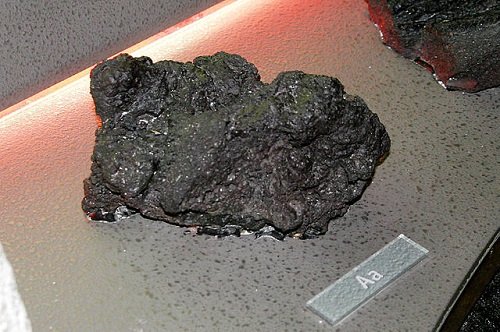Introduction
Plutonic rocks are igneous rocks that form deep underground from melted rock. As magma rises, it carries minerals and precious metals like gold, silver, molybdenum, and lead. This magma pushes into older rocks and cools very slowly, over tens of thousands of years or more. Because it cools slowly beneath the Earth’s crust, the crystals in the rock have time to grow large, making the rock coarse-grained. Over time, erosion exposes these rocks. A large mass of this type of rock is called a pluton, and when there are hundreds of miles of plutonic rock, it’s known as a batholith.
Formation of Plutonic Rocks
The Process of Crystallization
Plutonic rocks originate from magma, a molten mixture of minerals and gases. As magma cools slowly within the Earth’s crust, it undergoes crystallization. This process involves the formation of solid crystals from the liquid magma. The slow cooling rate allows for the growth of large, well-formed crystals, giving plutonic rocks their coarse-grained texture.
Cooling Rates and Crystal Size
The rate at which magma cools directly affects the size of the crystals that form. In the case of plutonic rocks, the cooling process is prolonged due to the insulation provided by the surrounding rock layers. This slow cooling results in the formation of large crystals, which are easily visible to the naked eye. The texture and composition of plutonic rocks can vary, but their coarse-grained nature is a defining characteristic.
Types of Plutonic Rocks
Granite: The Most Common Plutonic Rock
Granite is perhaps the most well-known type of plutonic rock. It is predominantly composed of quartz, feldspar, and mica, giving it a distinctive light color and coarse-grained texture. Granite is widely used in construction due to its durability and aesthetic appeal. Its formation involves the slow cooling and solidification of magma rich in silica. Granite formations can be found worldwide, often in mountainous regions.
Diorite: The Intermediate Rock
Diorite is an intermediate plutonic rock, falling between granite and gabbro in terms of mineral composition. It typically contains a mix of feldspar, hornblende, and biotite, resulting in a speckled appearance. Diorite is less common than granite but still significant in geological studies. It forms in similar conditions but from magma with a different chemical composition. Diorite is used in construction and for decorative purposes, valued for its unique appearance.
Gabbro: The Dark Plutonic Rock
Gabbro is a dark, coarse-grained plutonic rock primarily composed of pyroxene and plagioclase. Unlike granite and diorite, gabbro forms from magma low in silica but rich in iron and magnesium. This gives it a darker color and denser structure. Gabbro is often used in the construction of roads and as a crushed stone for various industrial purposes. It provides a contrast to the lighter plutonic rocks and is essential in understanding the diversity of igneous rock formations.
Importance and Uses of Plutonic Rocks
Plutonic rocks are crucial for understanding the geological history of the Earth. Their formation provides insights into the processes occurring beneath the Earth’s surface. Additionally, these rocks have practical applications in construction, architecture, and industry. Granite, for example, is extensively used for countertops, monuments, and building facades due to its durability and aesthetic appeal. Gabbro and diorite, while less commonly known, also have significant uses in construction and industrial applications.

Identifying Plutonic Rocks in the Field
Plutonic rocks are easy to identify because they have tightly packed mineral grains that are medium-sized (1 to 5 mm) or larger. This gives them a coarse texture, known as phaneritic. The grains are all about the same size, which means they have a uniform, granular look. Also, these rocks are completely crystalline, with no glassy parts. In simple terms, plutonic rocks typically look like granite, and in the building stone industry, all plutonic rocks are often referred to as granite.1
Kerala’s Hidden Past: The Impact of the Dutch Invasion Revealed
To know more click here:https://light.vintbit.com/kerala-history/kerala-dutch-invasion-impact/
Conclusion
Plutonic rocks, with their distinct formation processes and characteristics, are fundamental to the field of geology. They provide a window into the Earth’s interior and have numerous practical applications. Understanding the different types of plutonic rocks, such as granite, diorite, and gabbro, enhances our knowledge of geological processes and the natural world.

